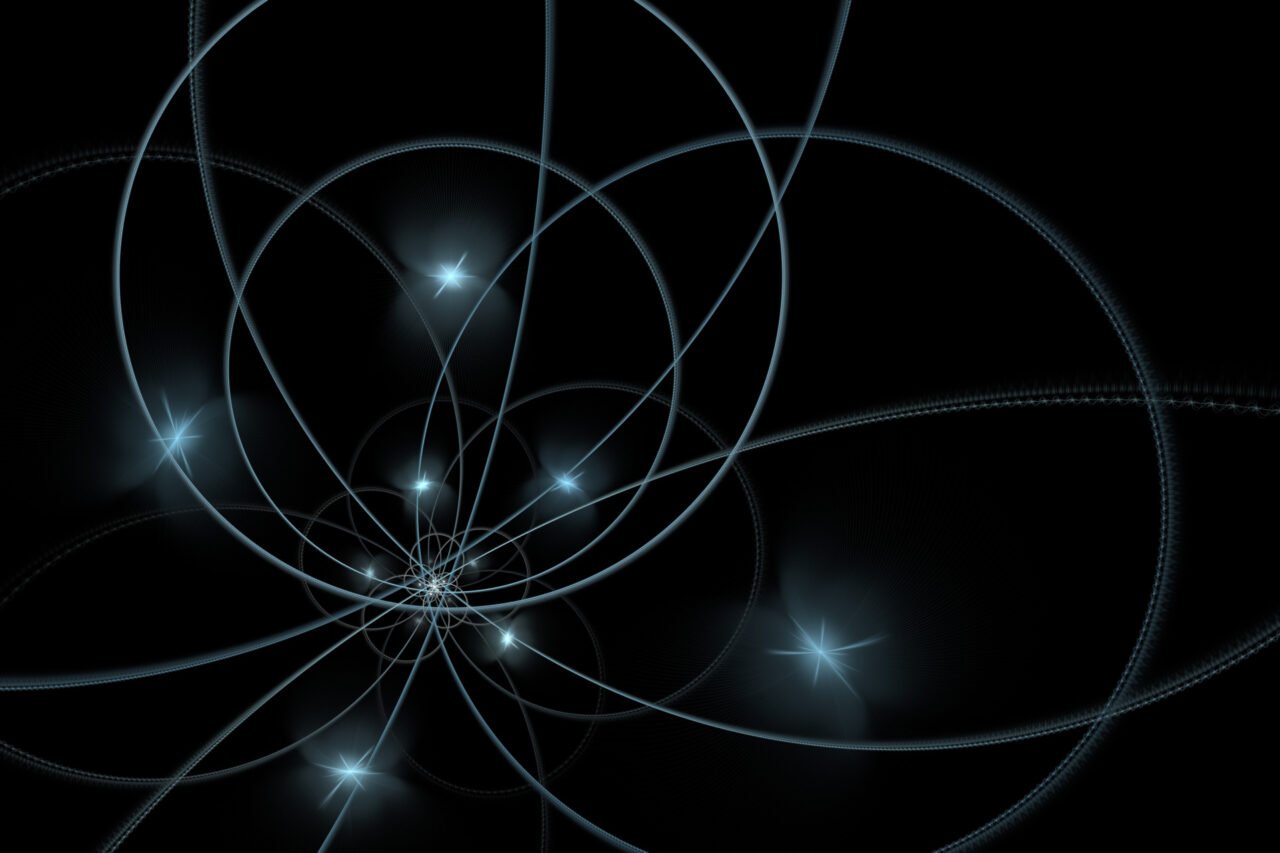Science
Japanese Physicists Revive Historic Theory to Address Matter-Antimatter Puzzle

A team of physicists from Japan has reinterpreted a theory dating back to 1867 that describes atoms as “knots” in a medium called the aether. This research, published in Physical Review Letters, seeks to address the longstanding mystery of why matter exists in greater abundance than its counterpart, antimatter, in the universe.
The physicists do not advocate for the literal existence of aether, an ancient concept considered as the “fifth element,” but instead propose a modern adaptation of this idea. They suggest a scenario where cosmic knots of energy gradually transformed into the matter we observe today. This interpretation aims to resolve the question of why the universe, following the Big Bang, contains more matter than antimatter.
The matter-antimatter asymmetry is a significant enigma in physics. Theoretically, equal quantities of matter and antimatter should have been produced during the Big Bang, resulting in their mutual annihilation. Instead, a slight excess of matter led to the universe as we know it, filled with stars, planets, and life. Various theories, including charge-parity (CP) violation, have been proposed to explain this imbalance, but none have provided a definitive answer.
The historical perspective on atomic structure was shaped by figures like William Thomson, known as Lord Kelvin, who theorized that atoms could be viewed as knots, defined mathematically as closed curves in three-dimensional space. The Japanese researchers have revived this concept to explain phenomena in the early universe. They theorize that, shortly after the Big Bang, phase transitions created cracks in space, leading to the formation of thread-like defects.
These defects could entangle as spacetime expanded and contracted, resulting in cosmic knots. Over time, these knots might untangle through a process known as quantum tunneling, where particles pass through barriers in the quantum realm. This untangling could potentially explain the observed imbalance between matter and antimatter.
If these cosmic knots exhibited a slight preference for matter, their unraveling could help clarify why matter outnumbers antimatter. The team’s mathematical analysis supports this hypothesis, indicating that the collapse of cosmic knots generates a substantial number of particles.
According to Yu Hamada, a co-author of the study and a particle physicist at Keio University, this process produces heavy neutrinos—particles that are electrically neutral and nearly massless. These neutrinos can decay into lighter particles like electrons and photons, creating a secondary cascade effect that reheats the universe. Hamada noted that in this context, neutrinos are like the “parents” of all matter in the universe today, while the knots can be seen as “grandparents.”
The researchers acknowledge that their proposal is still theoretical. Nevertheless, they emphasize the importance of their findings. Their calculations suggest that collapsing cosmic knots should leave behind string-like structures. These structures could potentially be detected by gravitational wave observatories such as LIGO and LISA, providing a significant opportunity for further exploration in the field of string theory.
This novel approach to the matter-antimatter dilemma opens new avenues for understanding the fundamental structure of the universe and the origins of the matter that constitutes our very existence. As scientists continue to investigate these cosmic phenomena, the implications of this research may lead to groundbreaking discoveries in the realm of physics.
-

 Politics1 week ago
Politics1 week agoDallin H. Oaks Assumes Leadership of Latter-day Saints Church
-

 Sports1 week ago
Sports1 week agoSteve Kerr Supports Jonathan Kuminga After Ejection in Preseason Game
-

 Business1 week ago
Business1 week agoTyler Technologies Set to Reveal Q3 2025 Earnings on October 22
-

 Lifestyle1 week ago
Lifestyle1 week agoDua Lipa Celebrates Passing GCSE Spanish During World Tour
-

 Entertainment1 week ago
Entertainment1 week agoZoe Saldana Advocates for James Cameron’s Avatar Documentary
-

 World1 week ago
World1 week agoD’Angelo, Iconic R&B Singer, Dies at 51 After Cancer Battle
-

 Health1 week ago
Health1 week agoRichard Feldman Urges Ban on Menthol in Cigarettes and Vapes
-

 Health1 week ago
Health1 week agoCommunity Unites for Seventh Annual Mental Health Awareness Walk
-

 Business1 week ago
Business1 week agoMega Millions Jackpot Reaches $600 Million Ahead of Drawings
-

 Science1 week ago
Science1 week agoChicago’s Viral ‘Rat Hole’ Likely Created by Squirrel, Study Reveals
-

 Lifestyle1 week ago
Lifestyle1 week agoKelsea Ballerini Launches ‘Burn the Baggage’ Candle with Ranger Station
-

 Business1 week ago
Business1 week agoMLB Qualifying Offer Jumps to $22.02 Million for 2024









